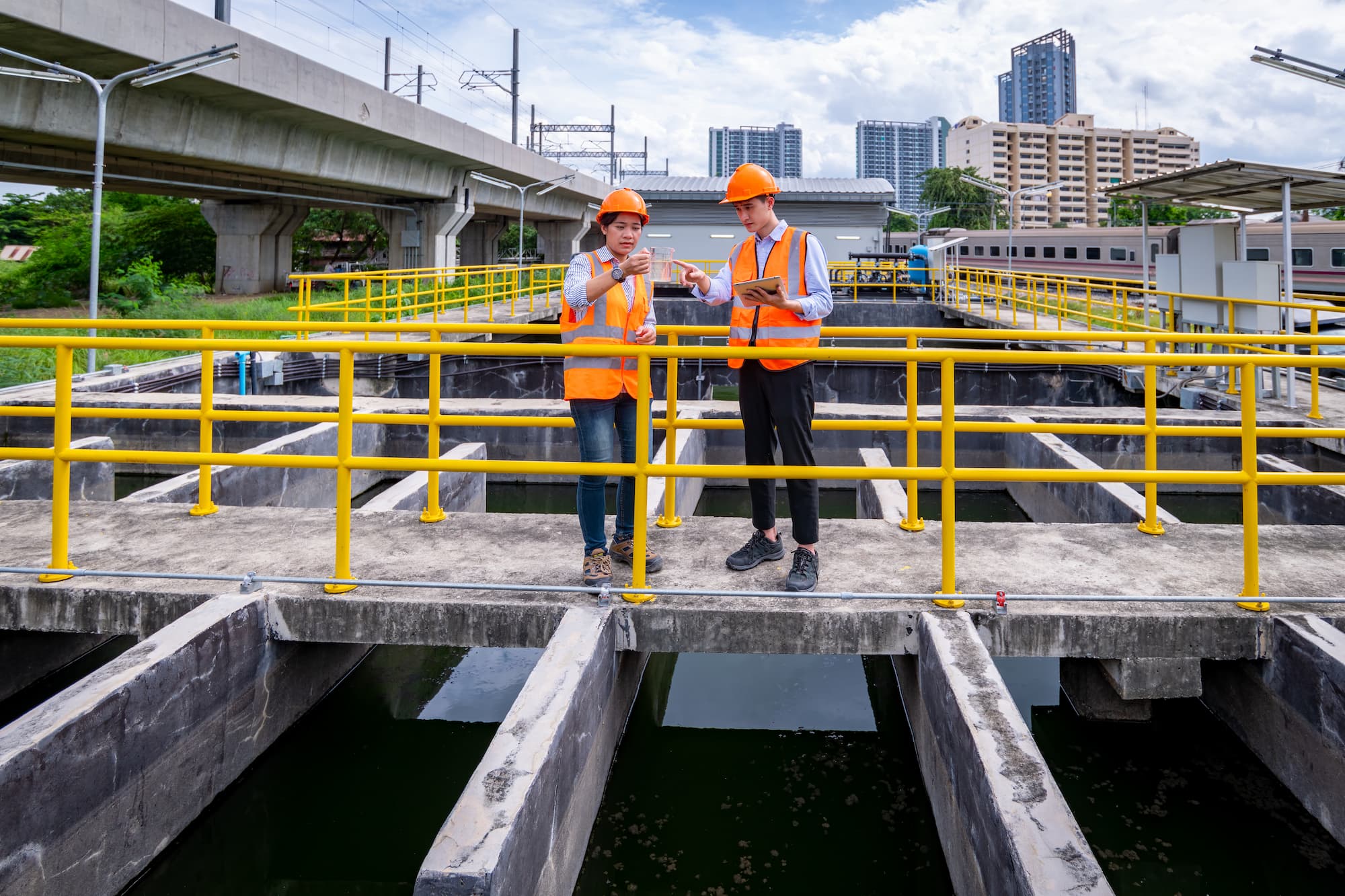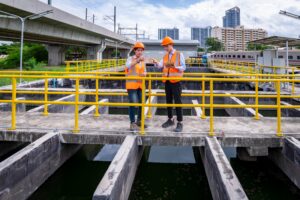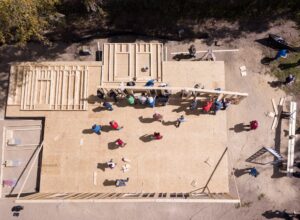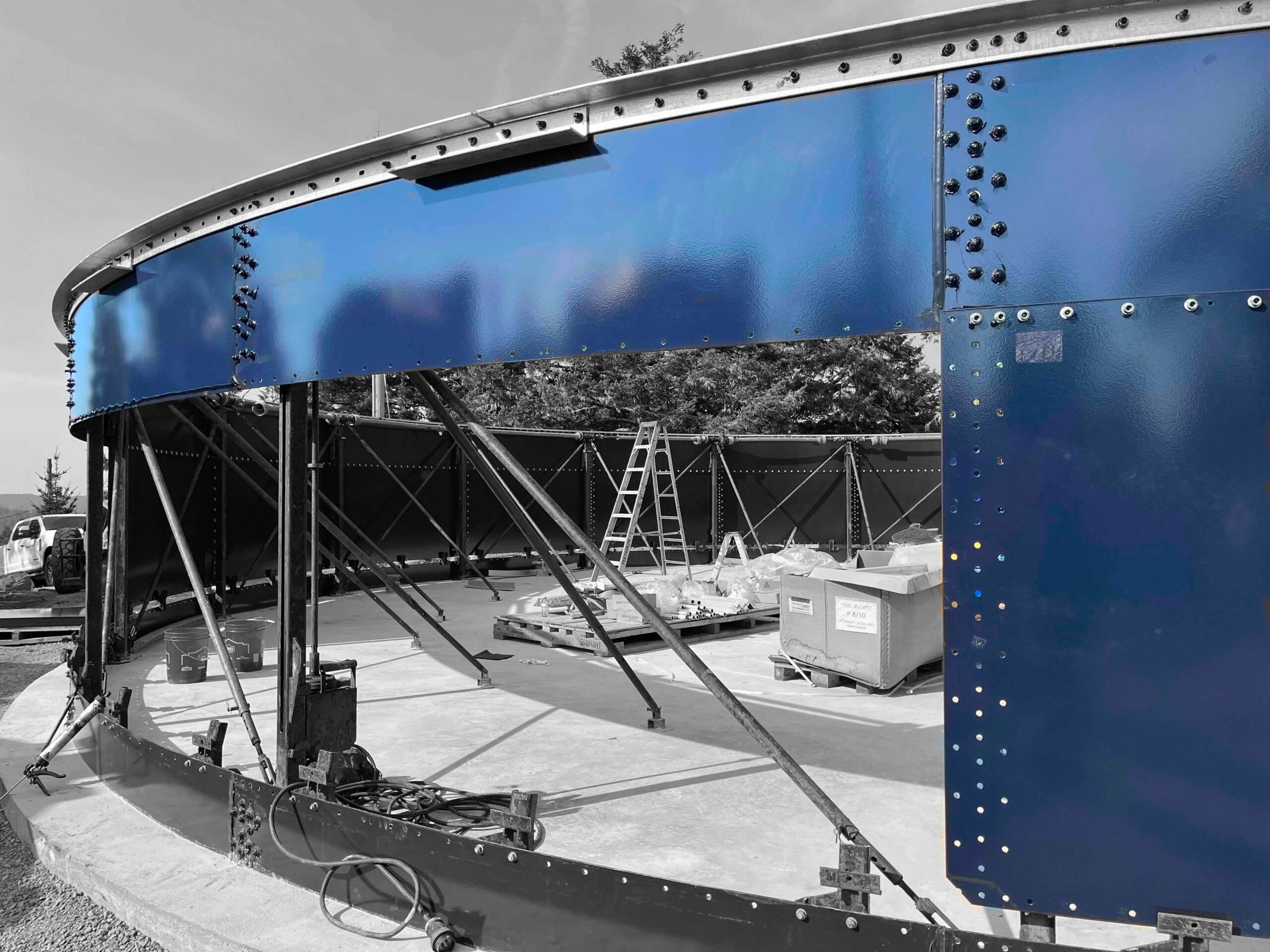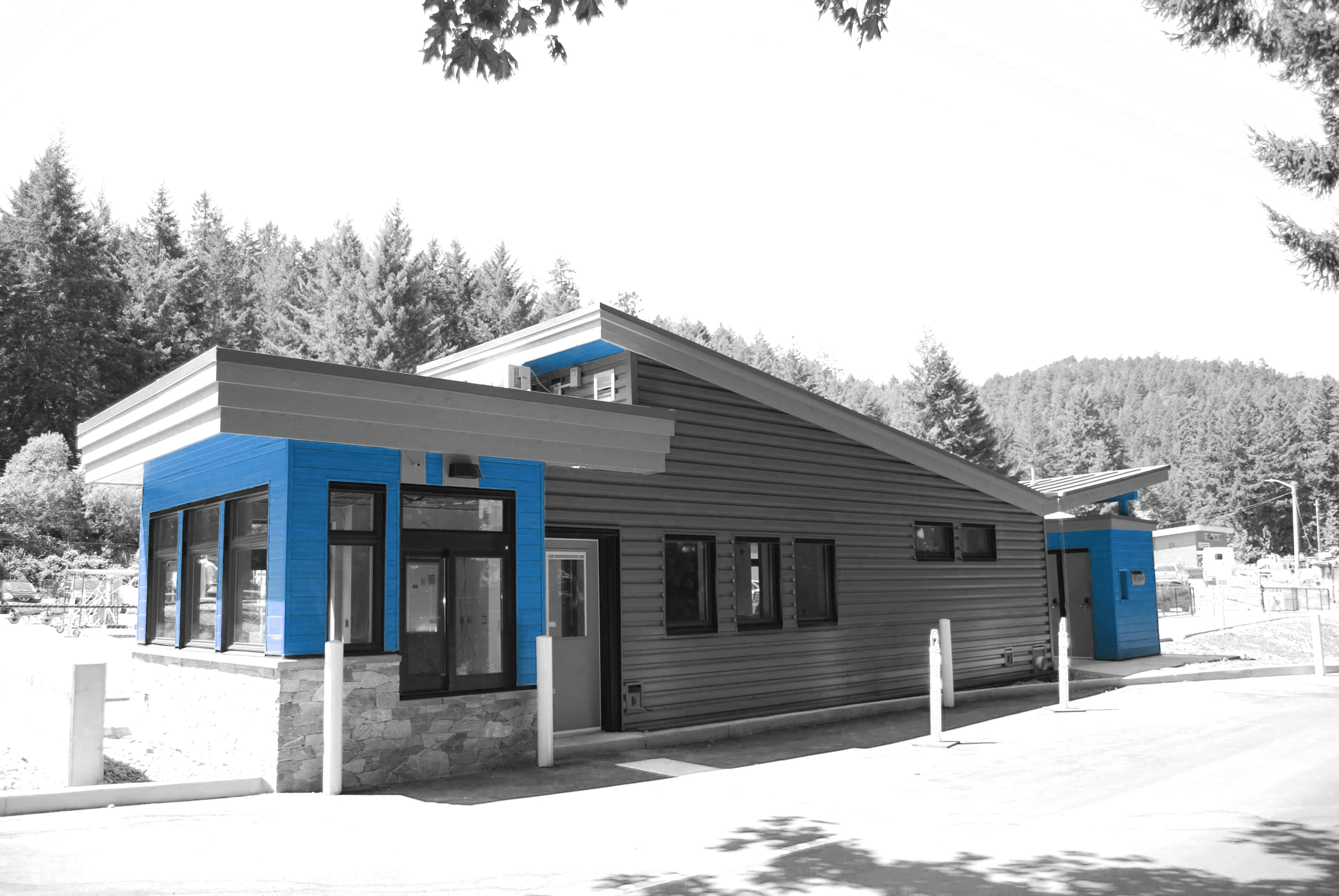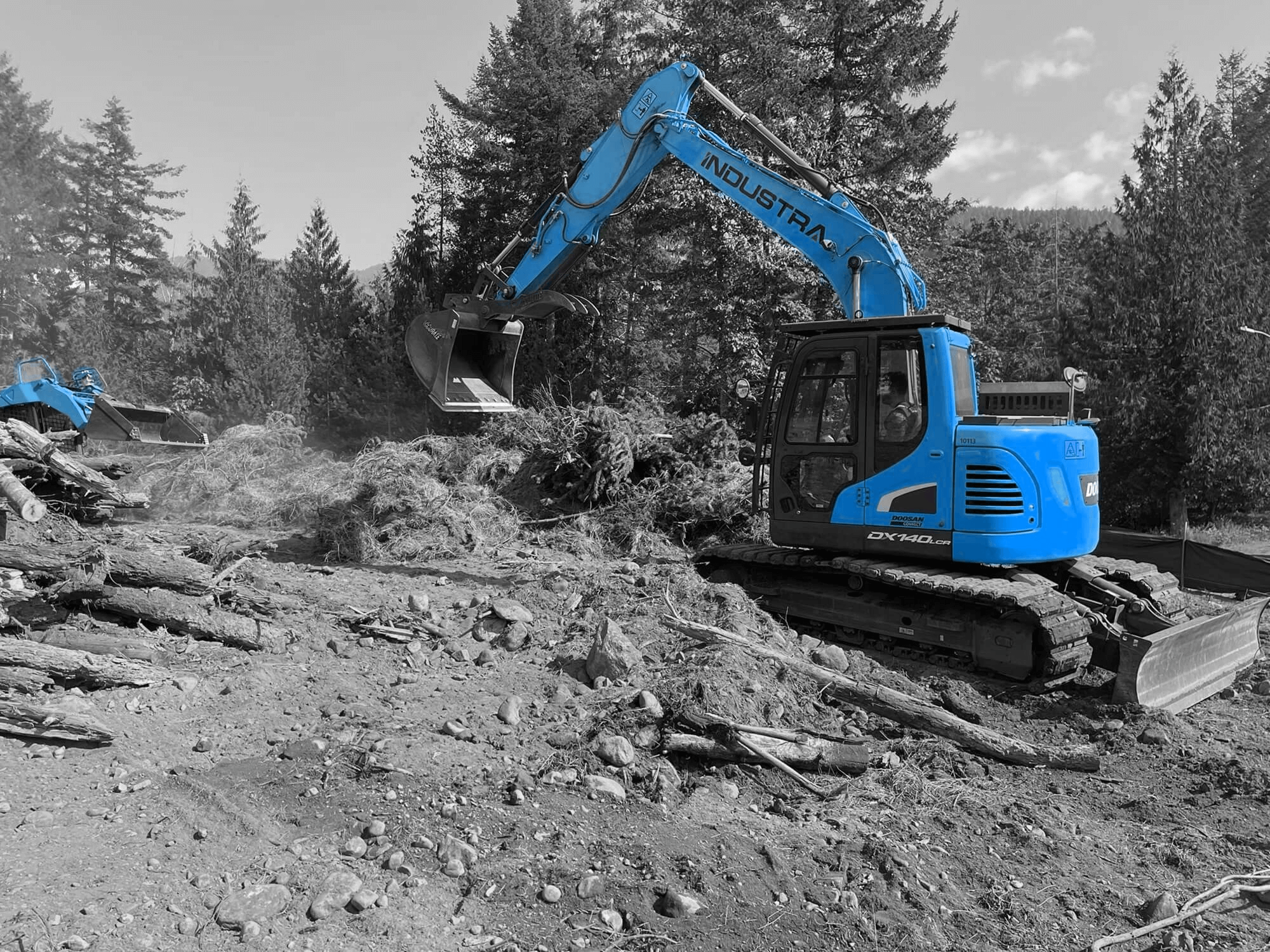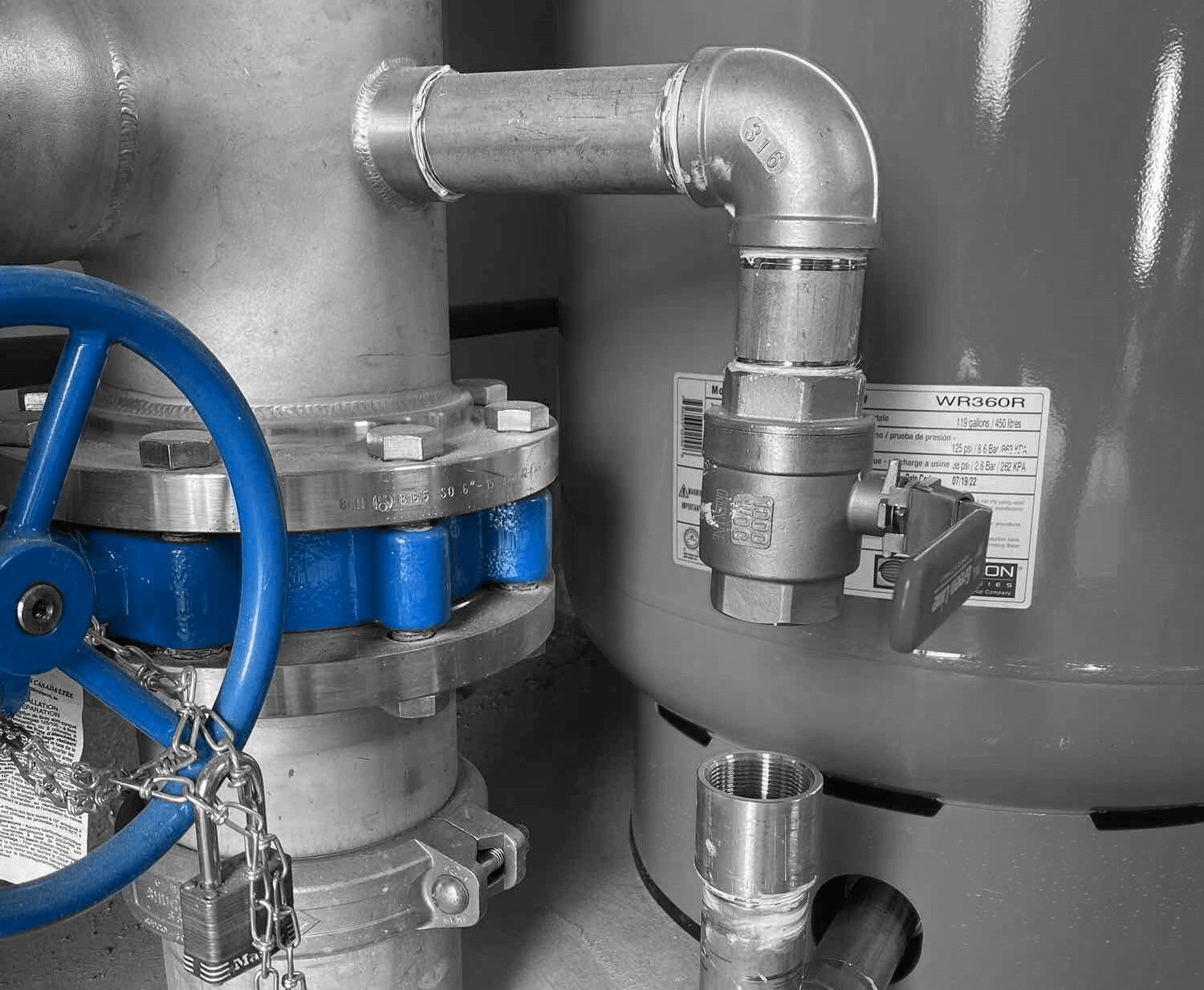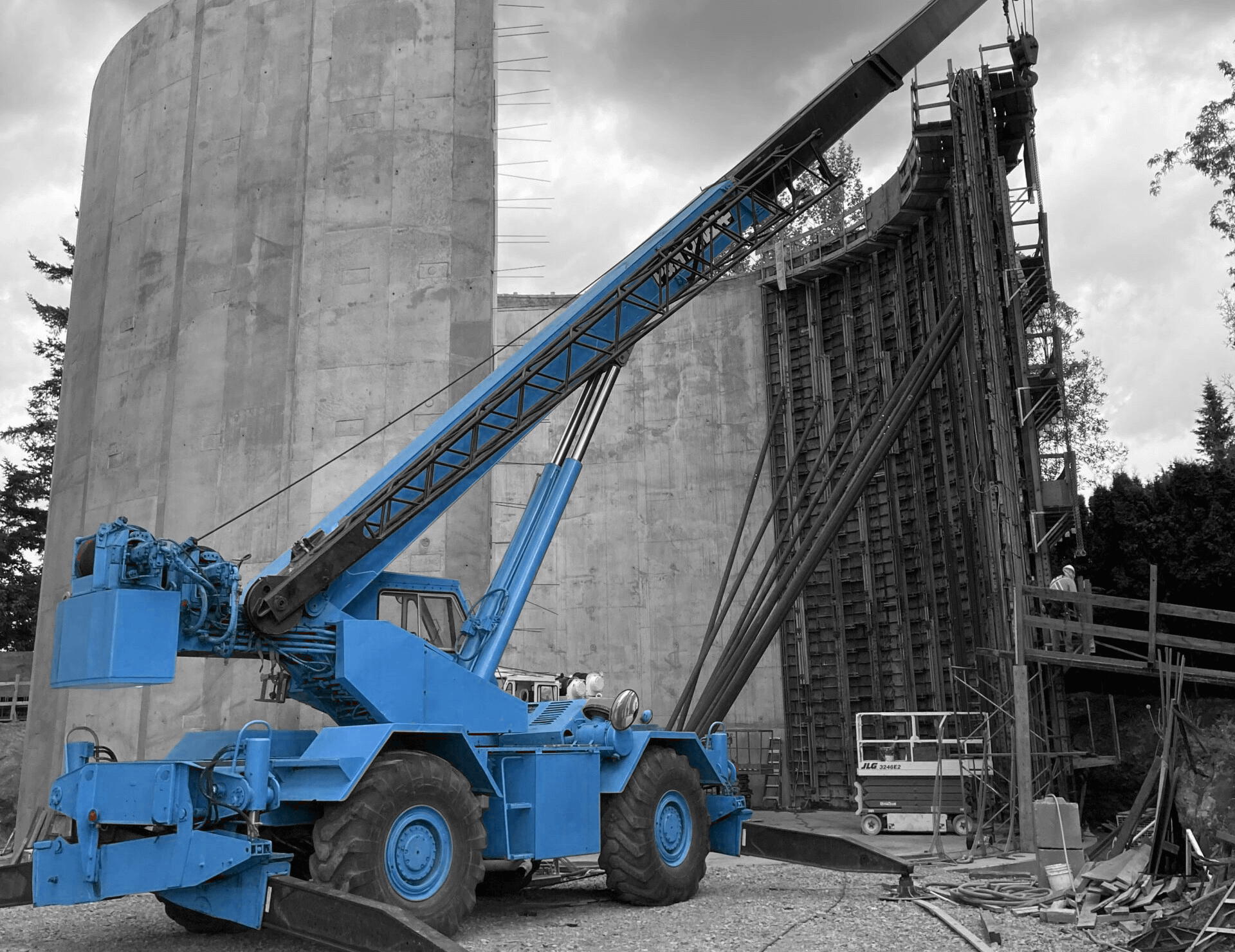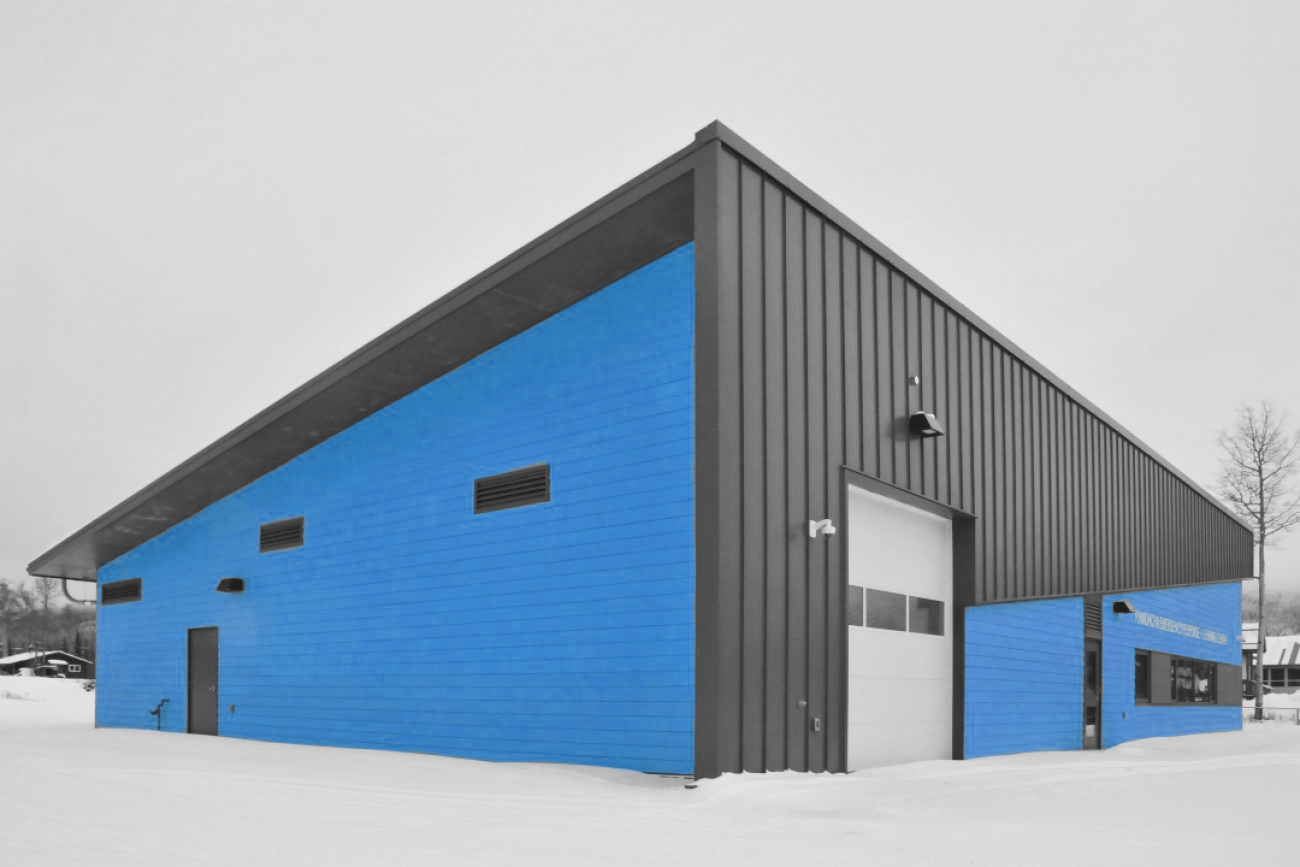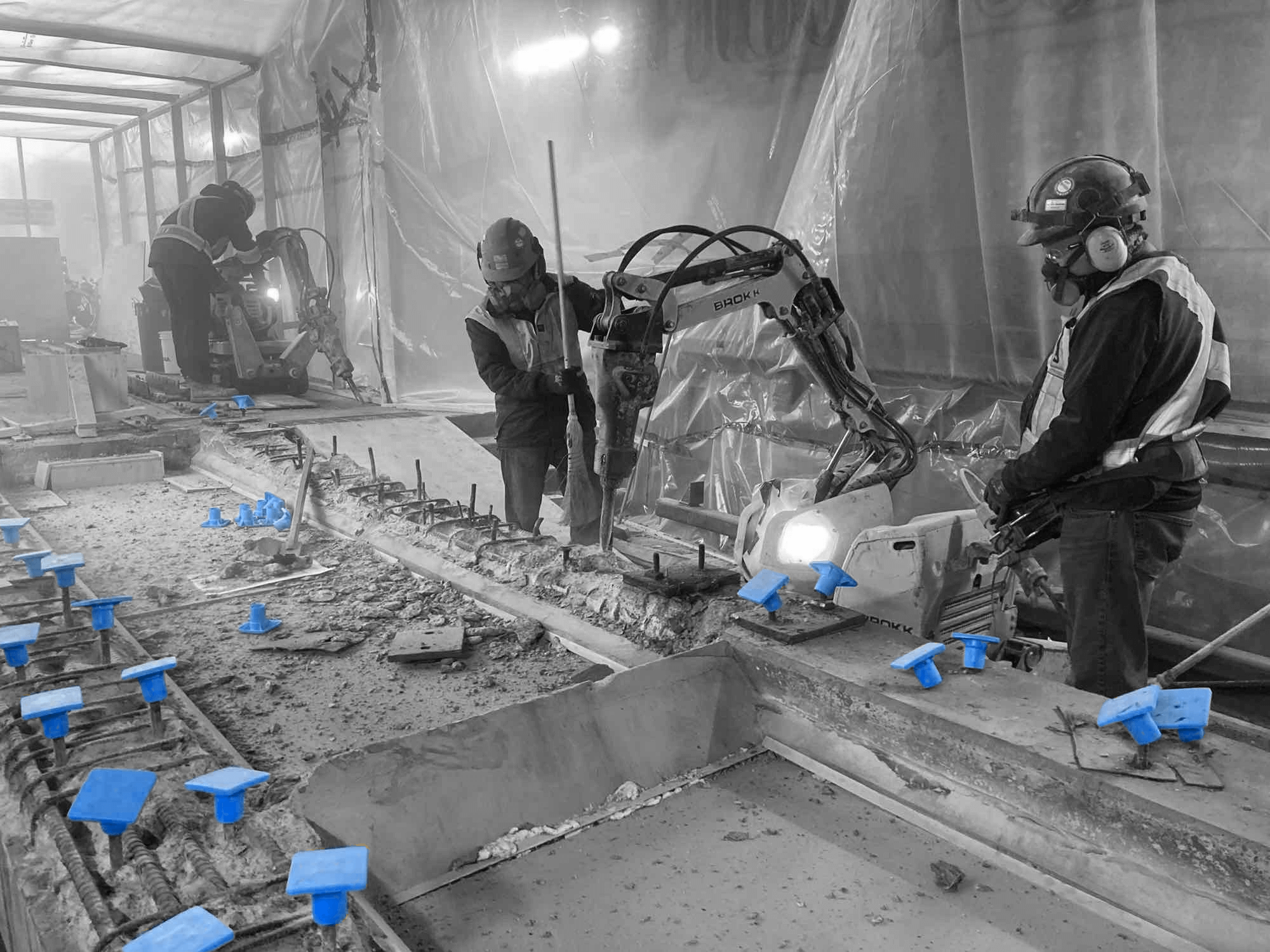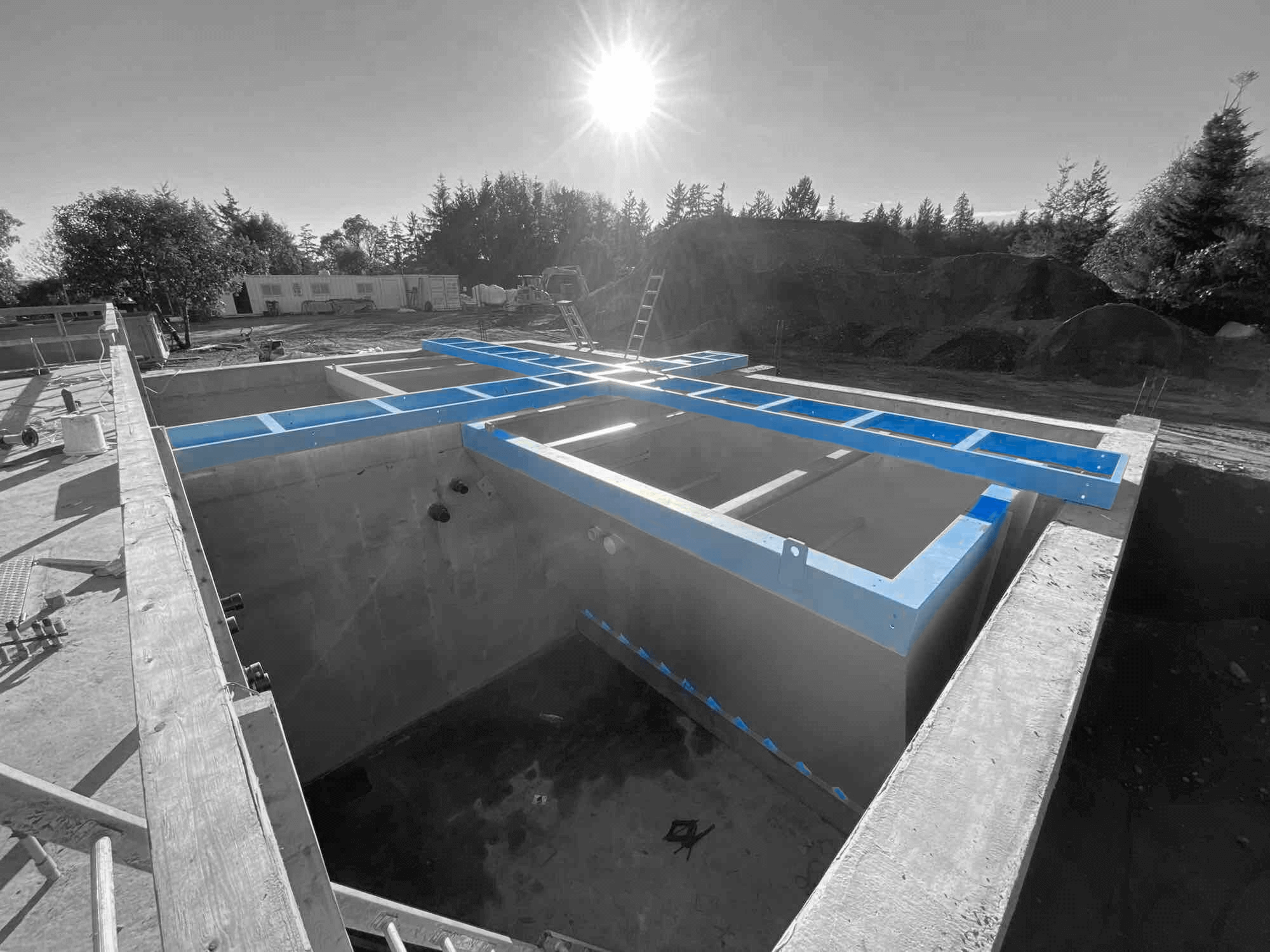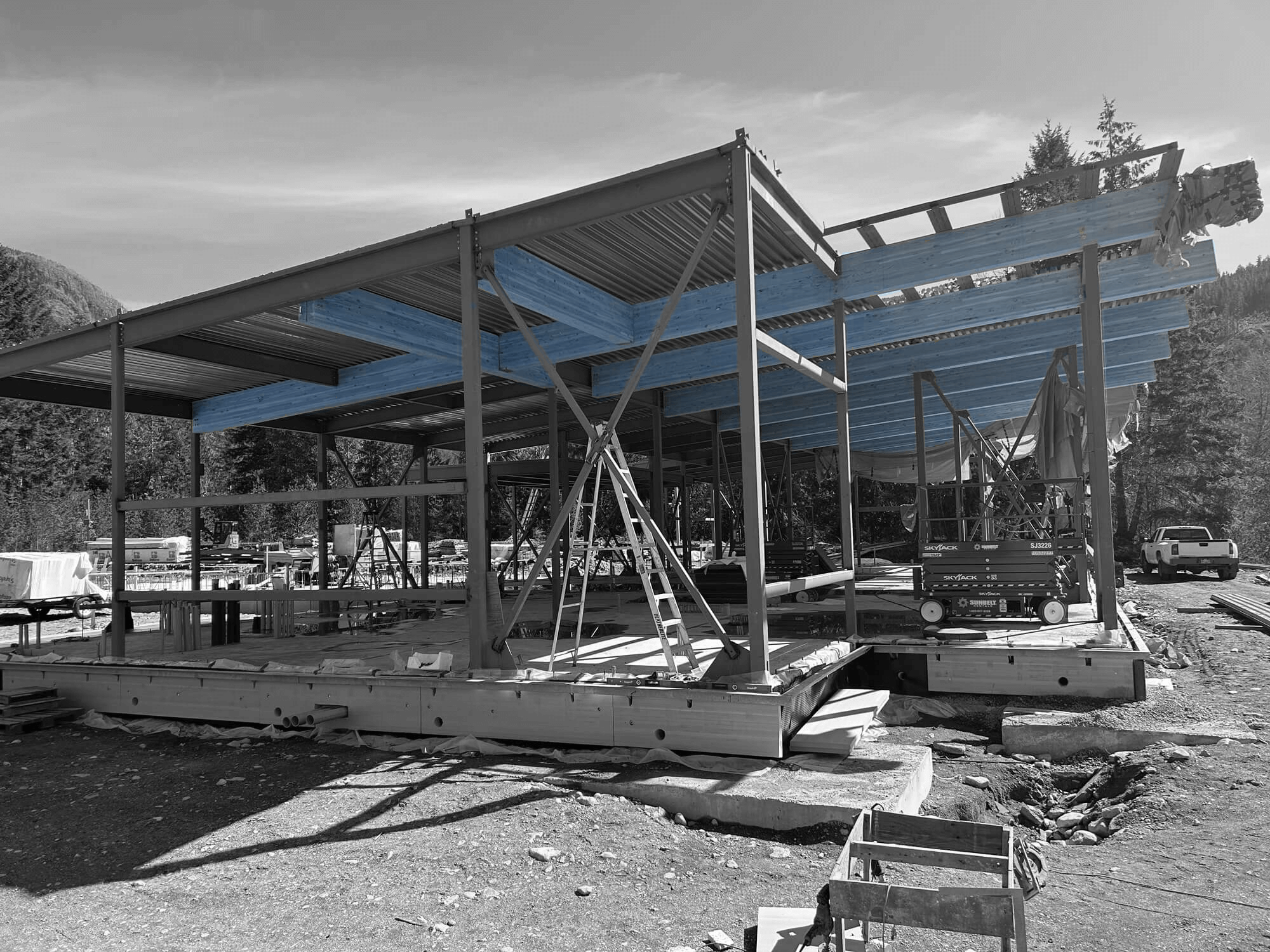Modern communities expect safe, reliable, and resilient water infrastructure. Yet water and wastewater projects are among the most complex and risk-laden forms of public works: they must balance regulatory compliance, environmental protection, tight budgets, stakeholder demands, and technical uncertainty. When municipalities, First Nations, or industrial clients embark on such critical infrastructure projects, selecting the right project delivery method can make or break success.
That’s why design-build (and its variant, progressive design-build) is becoming the preferred approach for water and wastewater systems. With design-build, clients gain a single point of accountability, better cost and schedule certainty, integrated innovation, and less risk of adversarial contract dispute.
Below, I’ll explore why water and wastewater projects particularly benefit from design-build methods, discuss different variants, examine challenges and best practices, and show how a company like Industra is ideally positioned to deliver them.
Why Water & Wastewater Projects Are Especially Suited to Design-Build
Design-build is widely used across many sectors (roads, buildings, energy), but in the water/wastewater realm, its advantages often shine more brightly. Here’s why:
1. Complex Interfaces & Interdependencies
Water and wastewater systems are composed of multiple interdependent subsystems: pumps, pipes, valves, treatment processes, instrumentation, SCADA, control systems, civil structures, environmental permitting, hydraulic modeling, and sometimes remote access or modular enclosures. Mistakes in any interface (e.g. mismatched piping, infrastructure routing, structural support) can cascade into cost and schedule overruns.
With design-build, the designer and constructor collaborate from the start. Constructability reviews and early integration reduce the risk of downstream problems.
2. Regulatory, Environmental, & Permitting Risk
Water projects often require complex permitting (e.g. discharge consents, fish habitat, wetlands, environmental assessment) and must adhere to evolving regulations. Design modifications late in the game (if using DBB) can trigger re-submissions or regulatory delays.
Because design-build teams work in an integrated fashion, they can anticipate regulatory needs earlier, coordinate with environmental agencies, and design around constraints proactively. That agility reduces costly delays.
3. Faster Delivery Under Time Pressure
Many water/wastewater projects have urgency: aging infrastructure, regulatory deadlines, or public health pressures. Municipalities may want to accelerate work to avoid service disruption or regulatory fines.
Design-build often accelerates schedules because design and construction overlap, start‐to‐finish gaps shrink, and procurement is streamlined. In fact, research shows many design-build projects are delivered faster than DBB equivalents – one study noted a 33.5% faster timeline for DB vs DBB and a 12% faster construction phase.
4. Cost Certainty and Fewer Change Orders
One of the most feared aspects of traditional contracting is the cascade of change orders. In DBB, cost overruns often stem from design gaps, coordination errors, or under‑anticipated site issues.
Design-build allows for early cost estimating and GMP commitments. Owners can tailor scope adjustments in cooperation with the design-builder, and once GMP is in place, the risk of runaway change orders declines.
In progressive DB, cost estimates evolve transparently with design phases. Owners see cost impacts for alternate design decisions, minimizing surprises.
5. Innovation & Value Engineering Upfront
Because the designer and constructor work collaboratively from day one, value engineering and creative solutions can be introduced earlier. The design-builder can evaluate trade-offs, modularization, prefabrication, and alternative materials during design development.
In water reuse projects, for example, design-build enables customized, innovative water-treatment schemes rather than off-the-shelf templates.
6. Single Point of Accountability
Perhaps the single strongest benefit: when a single legal entity is accountable for design, construction, cost, and schedule, owners deal with fewer finger-pointing disputes.
Owners don’t have to mediate between an architect and a contractor. If there’s a defect, coordination issue, or scheduling slip, the design-builder bears the liability.
7. Better Responsiveness to Change & Site Conditions
Water and wastewater projects frequently encounter unexpected conditions (e.g. soil, groundwater, utility conflicts) or stakeholder-driven changes (e.g. communities request aesthetic modifications). In a design-build contract, the team is better able to pivot because designers and builders are already linked.
8. Cost Savings through Reduced Overheads & Interface Risk
Eliminating duplicate overheads (e.g. separate contractor-contractor interface management) and mitigating interface risks yields savings. Studies and white papers suggest that design-build projects may deliver cost savings in the range of 5–10 % relative to DBB equivalents, particularly in the water/wastewater domain.
Real-World Use Cases & Evidence from Water/Wastewater Projects
Rapid Digester Rehabilitation (Harrisonville, MO)
In one case study, a city used design-build when an aerobic digester failed mid-season. By combining design and construction, the team shaved 4–6 months off the timeline compared to a DBB strategy. The owner also achieved 6.25% cost savings.
Progressive DB for Wastewater Treatment
Balfour Beatty’s approach in the U.S. used progressive design-build to accommodate evolving scope and energy/sustainability goals. They started major construction before full design completion while maintaining cost control.
Water Reuse & Alternative Technologies
In water reuse markets, design-build allows inclusion of cutting-edge processes (membrane bioreactors, advanced oxidation, hybrid systems) within a cohesive contract. The method fosters innovation rather than lockstep copying of typical standards.
Potential Challenges & Mitigation Strategies
No methodology is flawless. Here are some of the challenges in executing water/wastewater design-build projects and how to mitigate them.
1. Procurement & Public Sector Constraints
Many municipal agencies and governments have procurement rules that favor lowest-bid or separate design and construction contracts. Legal or policy restrictions may prevent use of design-build.
Mitigation: Work with legal counsel and procurement policy teams to seek enabling legislation, alternative procurement models (e.g. request for qualifications + proposals), and adopt progressive DB methods allowed under local statutes. Also, educate stakeholders on how design-build reduces cost risk and delivers value.
2. Selecting the Right Team
Because design-build bundles disciplines, the quality of the design-builder is paramount. Poor design capability, weak construction experience, or mismatched organizational culture can sabotage outcomes.
Mitigation: Use qualifications-based selection plus evaluation of past performance (not just low bid). Consider “best value” criteria, team resumes, and track record in water/wastewater design-build. Progressive DB allows early assessment and “off-ramps” if teams don’t meet expectations.
3. Shared Control vs. Owner Oversight
Some owners fear losing control over design decisions, especially in public projects where political or community demands are involved.
Mitigation: Structure the contract to require certain design decisions or alternatives to be approved by the owner. Use design‑build contracts that allow owner checkpoints, review thresholds, or value-based trade‑off options during design. Progressive DB is often well-suited because it builds decision windows into the process.
4. Scope Definition & Change Control
If scope is poorly defined at contract baseline, later change demands may become contentious. Some design-build teams may resist changes once committed.
Mitigation: At early phases, invest in scope clarity, stakeholder alignment, and risk identification. Use a contractual baseline with allowances for change that are pre‑agreed. Encourage collaborative change management rather than adversarial change orders.
5. Cost Inflation Risk & Escalation
If materials or labor costs rise rapidly, a fixed-price design-build team might request change orders or try to shift risk back to owner.
Mitigation: Use escalation clauses, open-book or shared risk models, or phased cost-risk sharing. In progressive DB, cost estimate updates allow mid‑course corrections before final GMP.
6. Coordination with Third Parties & Stakeholders
Water projects often interact with multiple external parties such as regulators, utility providers, municipalities, environmental groups. If external constraints change, it may stress the integrated design-builder.
Mitigation: Include stakeholder engagement plans, regulatory milestones, and interface agreements early in Phase 1. Encourage proactive communication and integrated change management strategies.
7. Maintenance, Operation, and Lifecycle Issues
Sometimes design-build contracts focus too heavily on initial construction, with limited attention to long-term operations, maintenance, and lifecycle cost.
Mitigation: Embed performance-based warranties, operation guarantees, lifecycle cost evaluations, or inclusion of O&M input during design phases. Encourage design-builders to “own” long-term performance.
Best Practices / Keys to Success in Water Wastewater Design-Build
To maximize the advantages and avoid pitfalls, successful water & wastewater design-build projects tend to follow some common best practices:
- Early Owner Involvement & Clear Vision
Owners should define goals, constraints, and priorities before RFP. What are performance targets, sustainability goals, expansion allowances? - Rigorous Prequalification
Filter potential design-builders for proven experience in water / wastewater, integrated design-and-construction capability, and past success under similar contracts. - Phased/Progressive Approach Where Possible
Use progressive DB to allow vetting during early design, cost transparency, and optional off-ramps if alignment fails. - Risk Allocation Clarity
Risk for geotechnical surprises, utility conflicts, environmental changes, cost escalation, or permitting delays must be clearly allocated in the contract. The design-builder should take those risks best controlled. - Integrated Team Structure & Co-Location
During Phase 1, co-locate design, construction, and owner representatives where possible to encourage direct communication, quicker decisions, and shared understanding. - Regular Cost Checkpoints & Value Engineering
As design develops, frequent cost-estimate updates and value-engineering workshops allow course correction before final commitments. - Stakeholder / Regulatory Coordination
Engage regulators and community stakeholders early. Incorporate permit milestones into design schedules. Proactively manage interface issues. - Performance Guarantees & Lifecycle Metrics
Require the design-builder to guarantee aspects of performance (e.g. energy use, effluent quality, pumping efficiency) or support O&M integration. - Prefabrication & Modularization
Water projects often benefit from modular or prefabricated process units (skid-mounted systems, containerized systems). DB enables early planning for prefabrication, reducing field complexity. - Monitoring, Commissioning and Handover Planning
From day one, plan commissioning, start-up, training, and handover as part of the same contract. Avoid “handover surprises” after construction.
How Industra Is Positioned to Deliver Design-Build Water & Wastewater Projects
Given your company’s background and markets, Industra is well-positioned to execute water / wastewater design-build projects successfully. Here’s how:
Multi‑Discipline In‑House Capability
Industra offers multi-trade, self-perform general contracting with strong in-house civil, mechanical, piping, concrete, and structural capacity (per your Services listing). That backbone provides control over interfaces and quality.
Regional Experience in Water & Wastewater
Our portfolio includes a wide range of water and wastewater infrastructure projects including everything from water system upgrades and pump station replacements to reservoir construction, wastewater treatment plant expansions, non-linear utilities, and pressure reducing stations. We also have extensive experience delivering complex solutions in remote and challenging environments. This breadth of domain expertise allows us to navigate technical, environmental, and logistical challenges with confidence, delivering reliable infrastructure for municipalities, First Nations, and industrial clients across Canada.
Remote & Northern Capability
Because Industra already operates in remote and northern environments (fly-in, ice-road, barge access) and has logistics management and modular services listed, we are well-suited to projects where access, prefabrication, and modularization matter.
Client Base Across Municipal, First Nations, Industrial & Institutional Markets
We already serve municipal, First Nations, industrial, and institutional clients. That breadth aligns well with water/wastewater project owners (e.g. indigenous water treatment projects, municipal pump stations, industrial effluent systems).
Branch Network + Local Presence
Having offices in British Columbia, Northern Canada, and Ontario gives us geographic reach and local insight. Local presence helps with stakeholder engagement, permitting, and community alignment.
Safety, Quality, Certifications & Accountability
Your emphasis on safety, quality, compliance (Procore, Avetta, etc.) implies a structured internal process, which is critical in design-build projects where coordination and accountability matter.
Suggested Structure for a Design-Build Water/Wastewater Project with Industra
Here’s a hypothetical phased roadmap for how Industra might deliver a water or wastewater design-build project:
| Phase | Activities | Deliverables / Milestones |
| Pre‑Procurement / Planning | Owner defines goals, constraints, key performance parameters (effluent quality, capacity, expansion allowance). Industra prepares preliminary team roster and concept strategy. | RFP with clear performance criteria, evaluation criteria, risk allocation matrix |
| Phase 1 – Preliminary Design & Preconstruction | Site assessment, geotechnical investigations, stakeholder consultations, permits, preliminary design, value engineering workshops, cost estimation, risk allocation, constructability reviews. | 30–60% design documents, cost estimate, schedule, risk register, proposed GMP, recommended alternatives |
| GMP Negotiation / Contract Finalization | Owner and Industra review the design and cost estimates, negotiate GMP, finalize contract terms, define packages, mobilization plan. | GMP contract, execution plan, procurement package triggers |
| Phase 2 – Final Design & Construction Execution | Complete design, procurement of long-lead items, prefabrication, field construction, quality control, testing, commissioning. | Final design, shop drawings, construction installations, progress milestones |
| Commissioning, Start-Up & Handover | System start-up, performance testing, adjustments, training, O&M handover documentation. | Commissioning report, as-built drawings, O&M manuals, performance verification |
| Post‑Project Support / Warranty | Monitor system performance, address any defects, guarantee period assistance. | Warranty support, performance audits, observation period |
This structured approach helps control risk, maintain alignment, and ensure accountability from start to finish.
Addressing Common Questions
Is design-build more expensive?
Not necessarily. While design-build may carry a slightly higher baseline cost in some contexts (due to risk premiums), the reduction in change orders, faster delivery, and fewer disputes often yield lower total cost in practice. Many owners realize 5–10% savings relative to DBB.
Progressive DB in particular helps contain escalation risk by making cost impacts transparent as design evolves.
Will I lose control over design?
No, especially under well-structured contracts or using progressive DB. Owners retain checkpoints, decision thresholds, and approval rights. The benefit is that those decisions are better informed with real-time cost trade-offs.
What if permitting or regulations change mid-project?
Integrated DB teams are more adaptable. Because designers and constructors collaborate, scope modifications due to regulation changes can be assessed and integrated quickly. The key is to budget contingency and manage change formally.
Are there hidden risks?
Yes, if the design-builder is weak, or scope poorly defined, or cost escalation not addressed. But prudent risk allocation, phased checkpoints, and qualification-based selection minimize these.
Can design-build work for smaller municipal water projects or only large systems?
It can work at multiple scales. Even pump stations, storage reservoirs, or retrofit pipe projects can benefit from design-build, especially when schedule or risk is critical. Industra’s experience in pump station replacement, water storage, and linear utilities underscores that.
Conclusion & Call to Action
Water and wastewater infrastructure is no small undertaking. It demands high reliability, regulatory compliance, innovation, and cost discipline. In this context, design-build (especially progressive design-build) offers a modern, more efficient, and less risky path than traditional approaches.
Industra is uniquely equipped to deliver such projects: our in-house capabilities, regional presence, remote project experience, and strong safety and quality frameworks make us an ideal design-build partner for municipal, First Nations, and industrial clients.
Ready to explore how a design-build approach can benefit your next water or wastewater project? Contact us to start the conversation. Our team is here to provide the insight, experience, and full-scope delivery you need to move forward with confidence.


